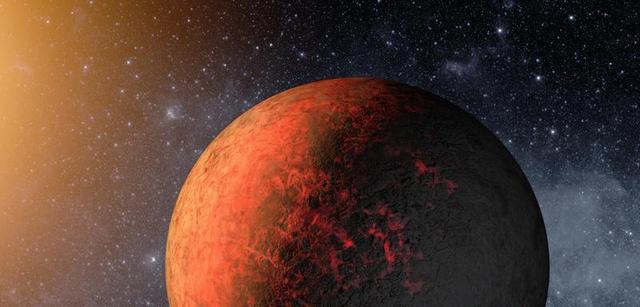
NASA's press conference on the newly discovered Earth-sized planets has just concluded, and most of the time was spent reiterating what was in our earlier report. Most of the value of listening in came from hearing the genuine enthusiasm of the scientists involved; lead author Francois Fressin of the Harvard-Smithsonian Center for Astrophysics highlighted the findings' significance by excitedly stating, "Here is where the era of exo-Earths has begun."
A lot of time was spent discussing how long it would take to figure out the masses, and thus composition, of the planets. It may happen as soon as next year: the instruments that might be sensitive enough to detect the influence of these planets on their host star will be coming on line in that time frame, and some of the Kepler team is also working on those projects. There was something said along the lines of "you can bet Kepler-20 will be one of the first places we point them."
That said, it might be possible to get some indication of their mass sooner. The Kepler-20 system is so compact that we can observe multiple passes of these planets within a few years. During those times, the proximity of the planets will allow them to interact via gravity, which will speed up some orbits while slowing down others. Careful timing of the transits may be able to detect this, allowing orbital models to constrain the masses of all the planets. This may get a bit tricky, however, because there's always the chance that we'll spot even more planets further out.
The big point of discussion that didn't make it into the paper, however, was the truly unexpected nature of Kepler-20's companions. As Harvard's David Charbonneau put it, "the architecture of that planetary system is crazy." With the new finds, we now have five planets that, as you move further from the host star, alternate between Neptune-sized and small, rocky bodies, with the furthest of the five orbiting closer than Mercury's distance from the Sun.
Our models of planet formation can account for rocky inner planets, or systems where gas giants have moved in close to a star and booted anything else out of its way, but there's nothing that can account for a collection of planets like this one.
Charbonneau said, "I really want to dare my fellow astronomers to explain how this system could have formed," and admitted there was a bit of self interest in his challenge. He's teaching planet formation at Harvard next year, and fully expects some freshman to ask him to explain Kepler-20's oddball assortment of planets.
Listing image by Photograph by nasa.gov
reader comments
52